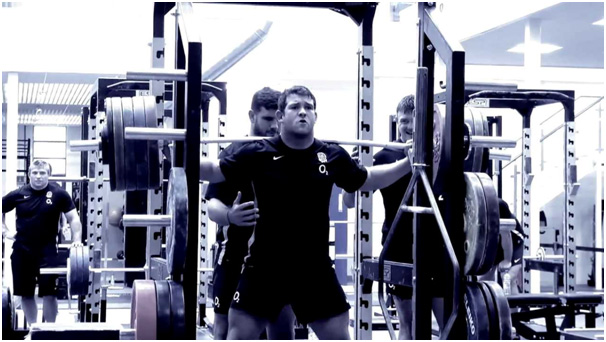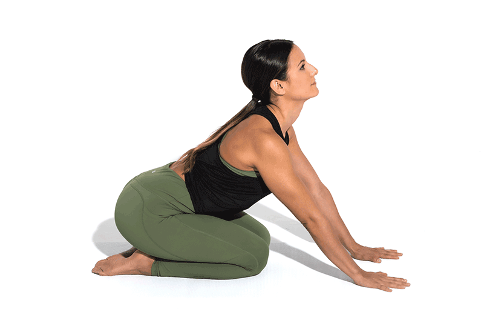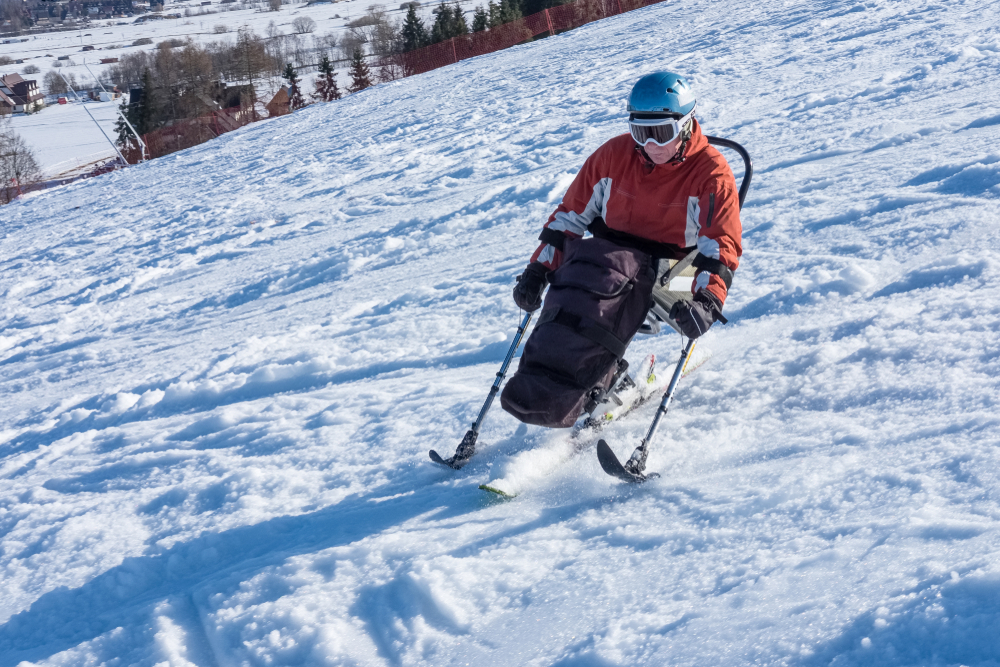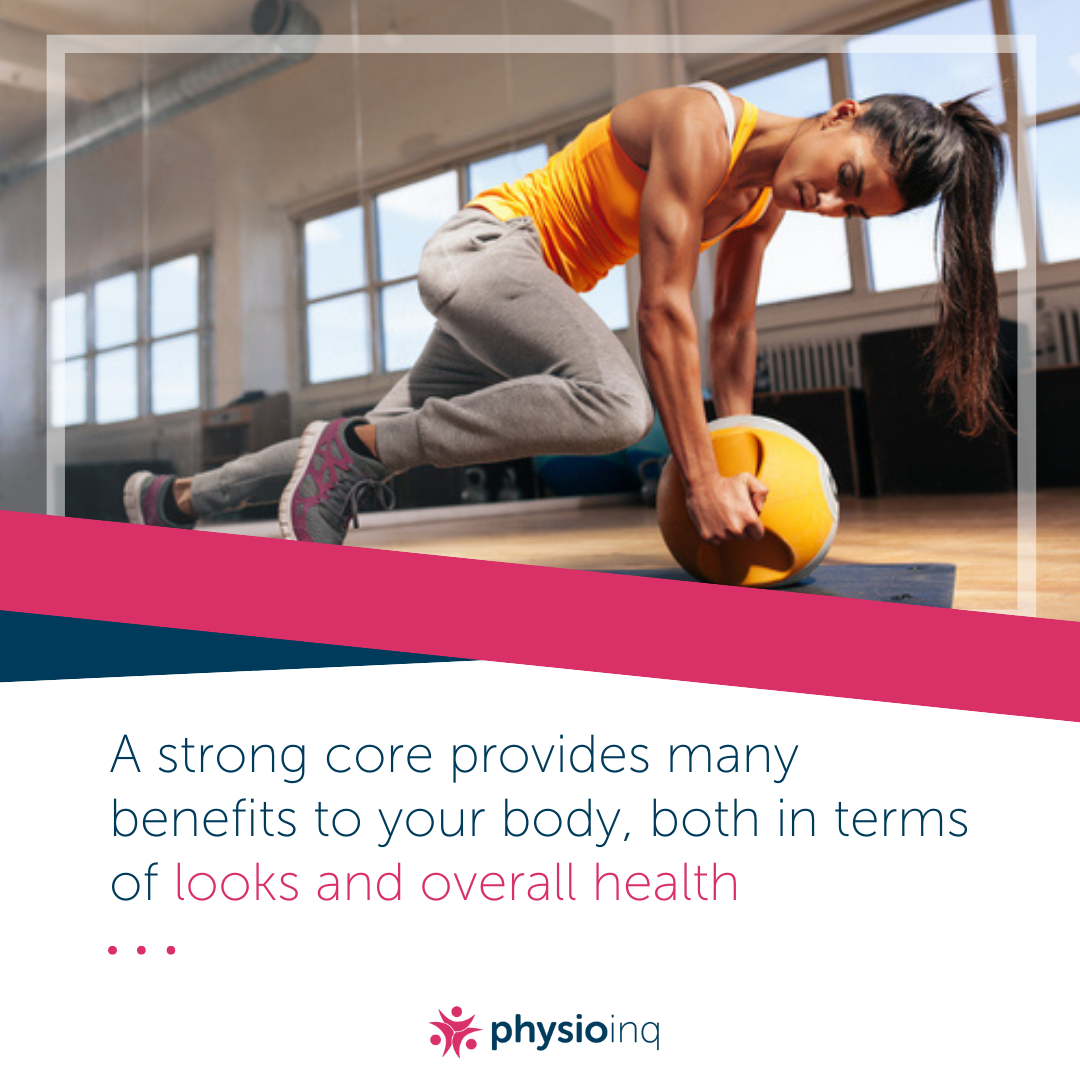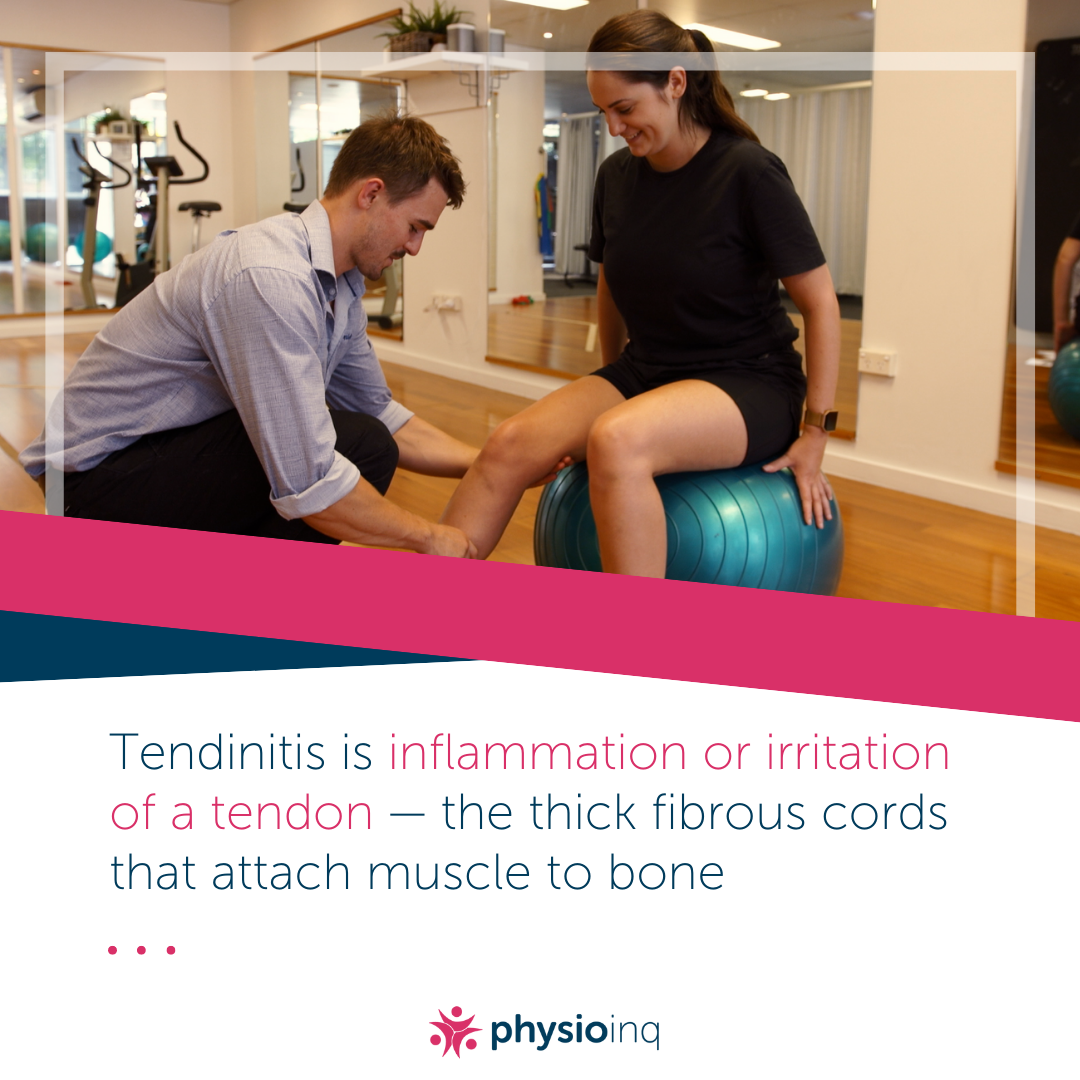Make an Appointment
Cortisone Injection for Tendon Pain
This blog explores the use of cortisone injections for tendon pain, how they work, their benefits and risks, and newer evidence-based alternatives that may offer safer, longer-term results.
Tendon pain, whether from overuse, injury, or inflammation, can be stubborn, limiting, and frustrating. From tennis elbow to Achilles tendinopathy, these conditions often affect your ability to work, exercise, or even complete daily tasks.
If you've tried rest and rehab with limited success, you might have been offered a cortisone injection. While cortisone is often seen as a fast-track fix, it’s important to understand what it actually does, how long it lasts, and what the long-term trade-offs might be.
In this blog, we explain how cortisone works, how it’s used for tendon conditions like shoulder impingement, gluteal tendinopathy, and plantar fasciitis, and why physiotherapy or newer biological treatments might be better suited to your recovery goals.
Everyone has heard of a corticosteroid, or cortisone injection. They’re so often recommended as a first line of treatment for shoulder and hip bursitis, tennis elbow, heel (plantar fascia) pain, and much more. It acts as a pain reliever for tendon problems, so people are heading to their GPs asking for more shots! The problem is, there is very strong evidence that:
- The pain relief only works in the short-term (4-8 weeks).
- Cortisone shots work on reducing inflammation, so using them for overuse disorders like tennis elbow and rotator cuff pain or tears shows inconsistent effects, and may indeed cause more pain.
- Cortisone injections delay recovery and there is a higher probability of recurrence of the injury within 1 year compared to “wait and see”. In other words, long-term outcomes at a 1-year follow up after a shot are WORSE than if you did absolutely nothing.
- Cortisone injections don’t heal the tendon pain or injury. They don’t make the tendon stronger.
- There is no added benefit with multiple injections. Treatment by multiple cortisone injections is not recommended.

Can Cortisone Shots Help Tendon Pain?
The short answer is yes, cortisone shots can help reduce tendon-related pain, especially when inflammation is present. But they don't always treat the root cause, and they aren't always appropriate for long-term healing.
What is cortisone?
Cortisone (or corticosteroid) is a synthetic form of cortisol, a hormone your body naturally produces to reduce inflammation. When injected into or near an inflamed area, it can:
- Reduce swelling
- Decrease local inflammation
- Alleviate pain (sometimes rapidly)
- Allow short-term return to activity
When is it used for tendon pain?
Cortisone is often used in cases where tendon pain is severe, persistent, or unresponsive to initial rehab. Common applications include:
- Shoulder bursitis and impingement
- Tennis or golfer’s elbow (lateral/medial epicondylitis)
- Gluteal tendinopathy
- Plantar fasciitis
- Patellar tendinopathy
- De Quervain’s tenosynovitis
Healthdirect – Corticosteroid Injections
Does cortisone cure the problem?
Not usually. While cortisone reduces pain and inflammation, it doesn’t address the underlying mechanical load, strength imbalances, or tissue changes that caused the tendinopathy in the first place.
That’s where physiotherapy plays a crucial role: By addressing the root cause through load management, tendon reconditioning, and functional movement retraining.

How Long Does a Cortisone Shot Last for Tendonitis?
Cortisone shots are designed to provide short-term relief from tendon-related pain and inflammation, but they are not a permanent fix.
Typical relief timeline:
- Initial effect: Most people experience some pain reduction within 48–72 hours.
- Peak benefit: Relief often peaks around 1–2 weeks after the injection.
- Total duration: Symptom improvement generally lasts between 4 and 6 weeks, although some people may feel better for several months.
- Relapse: For many, symptoms return if the underlying cause (e.g. overload, poor biomechanics, poor tendon conditioning) isn’t addressed.
What influences how long it lasts?
- The condition being treated — e.g. bursitis and tenosynovitis respond better than degenerative tendinopathies.
- Location of the injection — into a bursa or tendon sheath is generally safer and more effective than direct tendon injections.
- Individual healing response — those with better baseline strength and load tolerance often maintain gains longer.
- Whether you do rehab after — combining the injection with physiotherapy dramatically increases long-term benefit.
Practical examples:
- Shoulder bursitis: Cortisone may reduce night pain and ease arm elevation, but it won’t fix weak rotator cuff muscles.
- Achilles tendinopathy: A cortisone shot may help reduce swelling, but won’t correct gait issues or calf weakness.
- Gluteal tendinopathy: Injection around the greater trochanter may relieve pain when lying or walking, but rehab is required to restore hip control and avoid recurrence.
While cortisone can help you break the pain cycle, it should never be the only treatment strategy.
Physio Inq – Injury Rehabilitation Services

What Is the Downside to a Cortisone Shot?
While cortisone can reduce pain and inflammation, especially in acute or flare-up stages, it is not without risk, especially when used repeatedly or without a clear rehab plan.
Key risks and limitations:
1. Tendon weakening and rupture
Multiple studies have shown that corticosteroids can weaken collagen structure, reducing the tendon’s load tolerance. This is particularly concerning for weight-bearing tendons like the Achilles, patellar, or gluteal tendons. Repeated injections in these areas have been linked to tendon rupture in some cases.
2. Degenerative changes over time
Rather than promoting healing, cortisone suppresses the body’s natural repair processes. This can lead to tissue degeneration, especially when injected into the tendon itself rather than into surrounding structures (like bursae or sheaths).
3. Masking symptoms without solving the problem
Pain reduction might feel like progress, but it can encourage premature return to high-load activity. This increases the risk of re-injury or chronicity, especially if biomechanics and tendon capacity haven’t improved.
4. Skin and tissue side effects
Repeated injections can cause visible changes, including:
- Skin depigmentation
- Fat atrophy
- Skin thinning
- Post-injection flare-ups
These local reactions may be temporary or long-lasting and are more common with superficial tendons (e.g. elbow, wrist).
5. Systemic considerations
While rare, cortisone can cause temporary increases in blood sugar (notably in people with diabetes), elevated blood pressure, and immune system suppression.
Clinical guidelines recommend:
- No more than 2–3 injections per year at the same site
- Avoiding injections directly into tendon tissue whenever possible
- Prioritising rehab to address causative factors
- Using cortisone as a bridge to movement, not a substitute for it
Cortisone is not inherently dangerous, however, its benefits are best seen when it's used strategically, in conjunction with physiotherapy. It should never replace structured tendon loading and education, which are the true foundations of recovery.

What Is the New Alternative to a Cortisone Shot?
Recent years have seen a rise in biological and regenerative therapies for tendon pain, offering promising alternatives to cortisone.
Emerging and established alternatives:
1. Platelet-Rich Plasma (PRP)
A concentrated injection of your own platelets, thought to promote healing by stimulating tissue repair.
- Often used for Achilles, patellar, and rotator cuff tendinopathies
- Mixed evidence, some studies show benefit, others show no difference from placebo
- May be more effective in early or mid-stage tendinopathy
- Requires ultrasound guidance and usually a short rehab break
2. High-volume saline injections (hydrodissection)
Used to mechanically separate adhesions or compressive structures around tendons, particularly in gluteal tendinopathy or plantar fasciitis.
- Shown to reduce pain and improve mobility
- Often combined with physiotherapy
3. Shockwave therapy (ESWT)
Uses high-frequency sound waves to promote tendon healing.
- Effective in chronic Achilles, patellar, and plantar fascia issues
- Often combined with exercise
- Non-invasive, generally safe, but may be uncomfortable
4. Dry needling and tendon fenestration
Involves micro-punctures to stimulate healing in degenerative tendon tissue.
- Used for chronic tendinopathies
- Often guided by ultrasound
British Journal of Sports Medicine – New Rules for Corticosteroids!
And don’t forget:
Progressive tendon loading programs remain the gold standard. Whether you pursue an injection or not, physiotherapy-led rehab that includes eccentric loading, isometric holds, and functional retraining is essential for long-term success.

Frequently Asked Questions (FAQs)
Will a cortisone injection fix my tendonitis?
No, it may reduce inflammation and pain, but tendon healing requires structured exercise and load management.
Are cortisone injections safe?
Yes, in most cases when used appropriately and infrequently. Risks increase with repeated use or poor injection technique.
Do I need to rest after a cortisone shot?
Yes, generally 1–2 days of reduced activity is advised, followed by gradual return to physiotherapy-guided loading.
Is PRP better than cortisone?
It depends on the condition and individual response. PRP may be more beneficial for degenerative tendons, while cortisone may help acute inflammation.
Can I avoid injections altogether?
Yes. Many people recover from tendon pain using physiotherapy alone, especially if they start early and follow a progressive loading program.

Final thoughts
Cortisone injections offer pain relief, but they’re not a cure. If you’re dealing with tendon pain, understanding your options and taking an active approach is key to long-term success.
While cortisone can reduce inflammation and allow a window of relief, lasting change comes from movement, load control, and progressive rehab. Whether you’re exploring injections or trying to avoid them, working with a physiotherapist ensures your treatment plan supports both short-term relief and long-term healing.
Next Steps
Call 1300 731 733 or book online to speak with a physiotherapist about your tendon pain and recovery options.
• Explore our Physiotherapy Services
• Read more about tendon injury rehab
You can also:
- Ask your GP about imaging and referral options
- Use this blog to guide discussions around cortisone and its alternatives
- Request a second opinion before choosing injection-based therapy

Date Published: Friday, November 23, 2018
Locate a Mobile Physiotherapy
Service Near me
Get the experience & convinence you deserve to support your or a loved one's allied health needs.
Our Mobile Physiotherapy team are currently serving & taking appointments in the following states and regions in Australia:
New South Wales
- Blacktown
- Blue Mountains
- Campbelltown And Macarthur
- Canterbury-Bankstown
- Eastern Suburbs Sydney
- Georges River
- Hawkesbury
- Inner East Sydney
- Inner West Sydney
- Lake Macquarie
- Lower North Shore
- Newcastle
- Northern Beaches
- North Sydney
- Parramatta
- Penrith
- Southern Highlands
- South West Sydney
- Sutherland Shire
- Sydney CBD
- The Hills Shire
- Upper North Shore
- Waverley
- Wollongong
Tasmania
Victoria
Need to get into direct contact with ur Client Services team? We're all ears. Call our team directly on 1300 731 733
